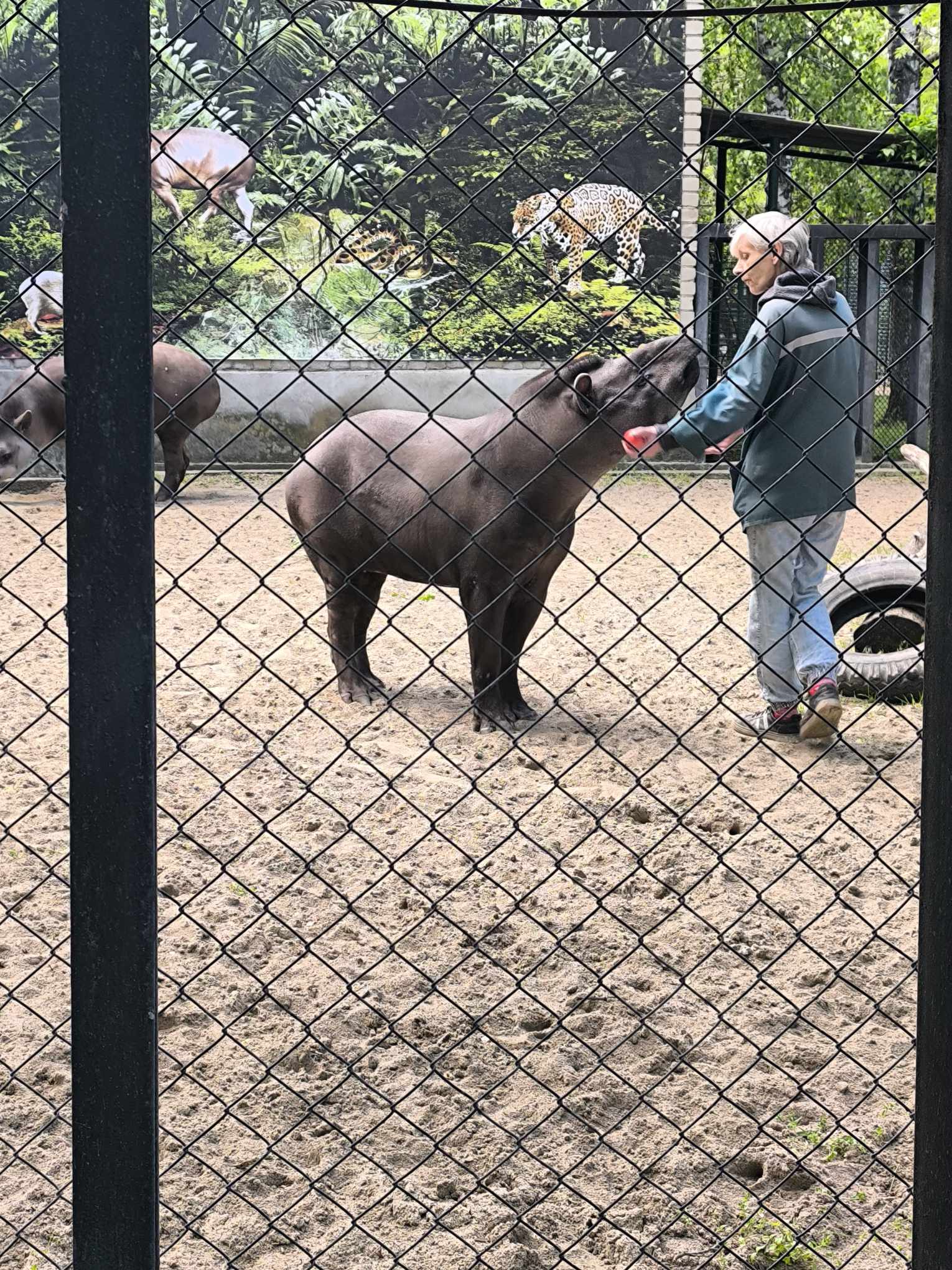World Tapir Day
World Tapir Day
Around the world, April 27 is annually celebrated as World Tapir Day. To date, it is not known who exactly proposed to celebrate this holiday, but we know that World Tapir Day was celebrated for the first time in 2008.
The purpose of the holiday is to spread information about these endangered animals.
What is this strange creature that many of us have never heard of? By the way, these animals are so unknown that visitors to zoos often mistake them for representatives of another species.
Tapirs (Tapirus) are one of the oldest modern mammals. The first tapirs – Heptodon – appeared at the beginning of the Eocene (about 30 million years ago). They were very similar to modern forms, but were about half the size, and had no proboscis. The first true tapirs appeared in the Oligocene (the last geological epoch of the Paleogene period of the Cenozoic era. It began 33.9 million years ago; it ended 23.03 million years ago).
This large herbivorous mammal lives in the jungles and forest areas of South America, Central America and Southeast Asia. The name of these animals in the language of one of the Brazilian tribes means "thick" and is probably given because of their thick skin.
Currently, there are 5 species of tapirs:
mountain tapir (Tapirus pinchaque);
South American tapir (Tapirus terrestris);
Baird's tapir (Tapirus bairdii);
Malayan tapir (Tapirus indicus);
Kabomani tapir (Tapirus kabomani)
Unfortunately, the main enemies of tapirs are people. Of course, tigers, jaguars, crocodiles, bears and anacondas also hunt them, but the biggest blow to the tapir population is inflicted by poachers. They kill them for their meat and skin, and to date, four out of five species are listed as endangered.
Tapirs need large expanses of virgin land to support a genetically diverse population. They are threatened by any human activity: mining, agriculture.
Mykolaiv Zoo joins the celebration of this day.
On July 3, 2016, South American tapirs (Tapirus terrestris) came to us from Italy (from Barcelona, Bussolengo, Naples). These are males – Pinto, Piro and Sol.
In July 2020, the male Pinto was transferred to Feldman Ecopark for temporary maintenance and breeding.
Piro and Sol are different in character. Sol is calm and docile, while Piro is mobile, expressive, likes to be the first to be noticed.
The diet of tapirs includes: hay, grass, fresh vegetables, fruits. The most favorite food is melons, watermelons, apples, grapes.
And all tapirs love to swim, so our zoo has done everything necessary for the comfortable existence of tapirs. Both in the winter and in the summer enclosure the animals have a swimming pool.
Interesting to know!!! Tapirs first appeared in Mykolaiv Zoo in October 1987. During the entire history of keeping South American tapirs (Tapirus terrestris) in our zoo, 6 cubs were born, which went to different zoos around the world.
In honor of today's holiday, the zoo held an interesting lecture about ancient animals – tapirs. All willing visitors listened to the lecture and tested their knowledge in a quiz. For correct answers, they received delicious gifts from the JAFFA company. The atmosphere was filled with children's laughter and good mood.
And for those who did not have time to visit the zoo and the lecture today, we invite you tomorrow, April 28, to a lecture with a quiz, which will take place at 2:00 p.m. Meeting place: the main square of the zoo.
We are waiting for you!



